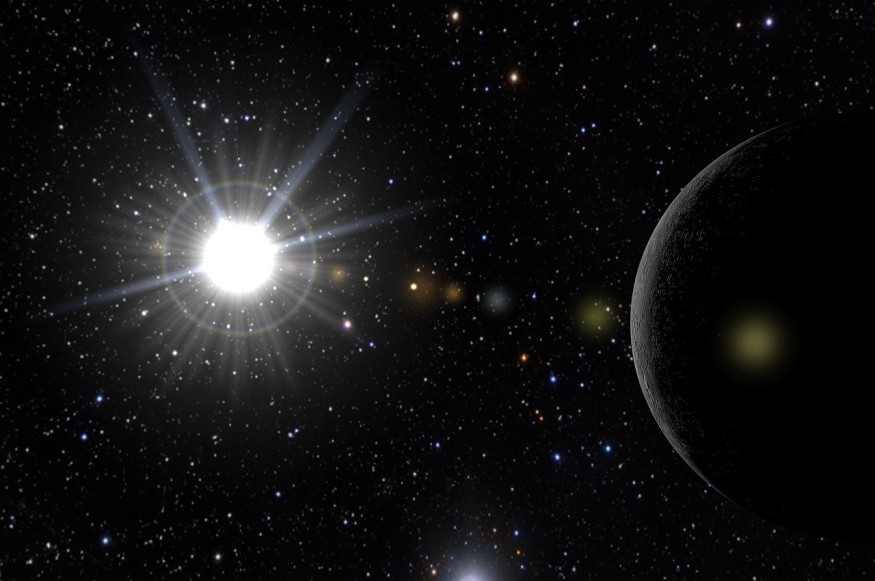
The most significant, rare astronomy event of the year will happen on Monday, November 11. It's incredibly unusual that it won't appear again until 2032.
Stargazers across western Asia, Europe, Africa, South America, and North America will see a planet pass directly between Earth and Sun in an astronomical alignment known as Mercury transit.
Mercury transits only occur a few times per century. The phenomenon provides a unique chance to witness a planet glide across the Sun. Sightseers would only have a few hours to see the event - which would start at 7:35 a.m. EST and would end until 1:04 p.m. EST.
Spectators would need a solar filter to protect their eyes from the Sun's harmful rays. Directly looking at the Sun without a solar screen can lead to permanent eye damage or even blindness.
Onlookers, however, will need more than just a solar filter to see the Mercury transit. According to NASA, spectators need to see binoculars or telescope with a Sun filter to witness the phenomenon as Mercury is so small from our perspective on Earth.
It is essential to have a certified solar filter on the part of the telescope where light enters. Wearing solar filters, such as solar eclipse glasses and looking into the eyepiece of a telescope that is fit on a screen of its own, can still lead to irreversible eye damage.
Mercury will appear as a black dot, only about 0.5 percent of the Sun's diameter. Hence, a telescope that could magnify with at least 50 power will be needed to see it.
The filters should comply with the ISO 12312-2 international safety standard, according to the American Astronomical Society (AAS). The code must be shown with the filter's original package or on the screen itself.
AAS explained on their website that ISO-certified filters, apart from making your eyesight safe and comfortable, block solar UV and IR radiation.
Mercury Transit Phases
Mercury's disk will touch the eastern edge (left side) of the Sun on the first contact. Mercury will then wholly move onto the Sun, where it will go nearer to the center, on the second contact. Mercury will then reach the western edge (right side) of the Sun on the third contact. The planet will leave Sun's disk on the fourth contact.
Weather prospects
The excellent news is spectators do not need a clear sky to see the Mercury transit - just a good view of the Sun. Weather prospects, as of writing, for the United States Eastern Seaboard are a bit touch and go.
Ideally, the best viewing conditions will be across the central and southwestern United States, where clear skies will lead to an uninterrupted field of vision.
Disruptive clouds, meanwhile, may cover the Sun across several parts of the East Coast, Deep South, Pacific Northwest. Those who miss seeing the Mercury transit on Monday due to various circumstances could watch the event live on the Internet.
However, they will have to wait more than a decade for the next chance to see the phenomenon. The next one will take place on November 13, 2032.
© 2025 NatureWorldNews.com All rights reserved. Do not reproduce without permission.





